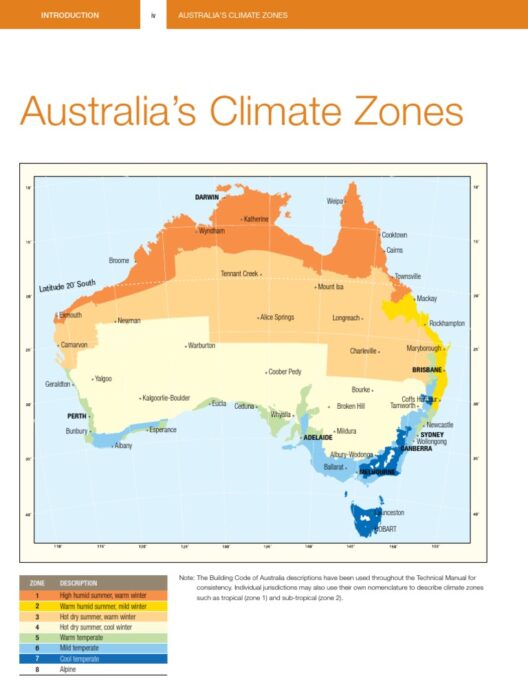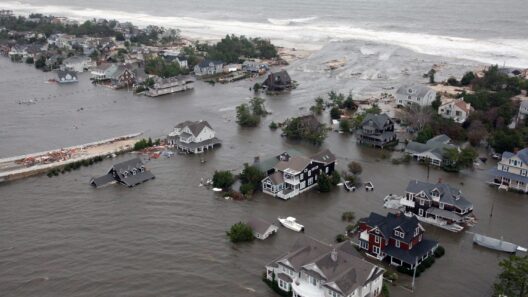As global temperatures rise, so does the ominous specter of rising sea levels, presenting an unprecedented challenge for coastal communities worldwide. The prospect of inundation, erosion, and saltwater intrusion requires immediate attention and action. This article delves into the multifaceted approaches that coastal communities can adopt to safeguard their environments and ensure sustainable futures amidst this escalating threat.
Understanding the Mechanisms of Rising Sea Levels
To effectively combat rising sea levels, it is essential to first comprehend the mechanisms driving this phenomenon. The primary culprits are thermal expansion of seawater due to increasing temperatures and the melting of glaciers and ice sheets. These processes contribute to the displacement of vast quantities of water into oceans, culminating in higher sea levels. Furthermore, land subsidence in some regions exacerbates the problem, as the earth’s crust sinks due to various factors including geological activity and human intervention.
Integrating Natural Solutions
Nature often provides the most effective defenses against the encroaching sea. Coastal ecosystems like mangroves, salt marshes, and coral reefs offer invaluable protection. These natural barriers not only diminish wave energy but also foster biodiversity, enhance carbon sequestration, and support fisheries. Activating existing ecosystems or investing in their restoration should be a priority for policymakers. Mangrove reforestation projects, for example, yield significant enhancements in coastal resilience while simultaneously boosting local economies.
Coastal Defenses: Infrastructure That Works
Engineering solutions are pivotal in fortifying vulnerable coastal areas. Sea walls, levees, and tidal barriers are traditional methods employed to protect against storm surges and flooding. However, the efficacy of these structures can vary significantly depending on design, materials, and maintenance. A novel approach involves the construction of “living shorelines,” which use natural materials like plants, rocks, and sand to create a resilient buffer. By combining hard engineering with soft approaches, communities can achieve a balance that affords protection while maintaining ecological integrity.
Innovative Urban Planning and Smart Development
As cities expand in the face of rising sea levels, urban planning must adapt to incorporate climate resilience. Zoning laws should prioritize higher ground for new developments and require climate risk assessments for existing infrastructure. Additionally, retrofitting older buildings to enhance their flood resistance can mitigate losses during extreme weather events. Communities should advocate for green building practices, not only to insulate against climate risks but to decrease carbon footprints as a preventative measure.
Community Engagement and Education
Engaging local populations in conversations about climate resilience is integral to fostering a culture of preparedness. Informational workshops, community forums, and school programs can disseminate essential knowledge about the implications of rising sea levels. Educated and involved citizens are more likely to support local initiatives and governmental policies aimed at combating climate change. Furthermore, empowering communities through active participation in decision-making processes ensures that solutions reflect local needs and priorities.
Investment in Research and Technology
Research remains a cornerstone of effective adaptation strategies. Investment in scientific studies focusing on climate projections, impact assessments, and innovative resilience technologies is paramount. Advanced modeling tools can predict future flooding scenarios, allowing communities to implement proactive measures. Additionally, breakthroughs in technology such as artificial intelligence and machine learning can optimize resource management, improve real-time monitoring of flood risks, and enhance emergency preparedness strategies.
Policy Advocacy for Sustainable Initiatives
Robust federal and local policies are critical in securing funding and resources necessary for effective climate adaptation. Climate insurance schemes, grants for retrofitting homes, and assistance for displaced populations are some measures that can be derived from comprehensive policy frameworks. Advocacy groups should persistently lobby for laws that enforce sustainable development practices and prioritize funding for climate resilience projects. As pressures mount from climate change, legislative action must evolve to reflect the urgency of the situation.
Conclusion: A Collective Responsibility
Addressing the rise of sea levels represents one of the significant environmental challenges of our time. By leveraging a combination of natural systems, innovative engineering solutions, and proactive community engagement, coastal communities can take meaningful strides toward safeguarding their futures. It is evident that the fight against rising seas requires vigilance, collaboration, and a sustained commitment to equitable adaptation strategies. Although the challenge is monumental, a concerted effort can lead to sustainable, thriving coastal ecosystems that not only endure but flourish in an uncertain climate.








